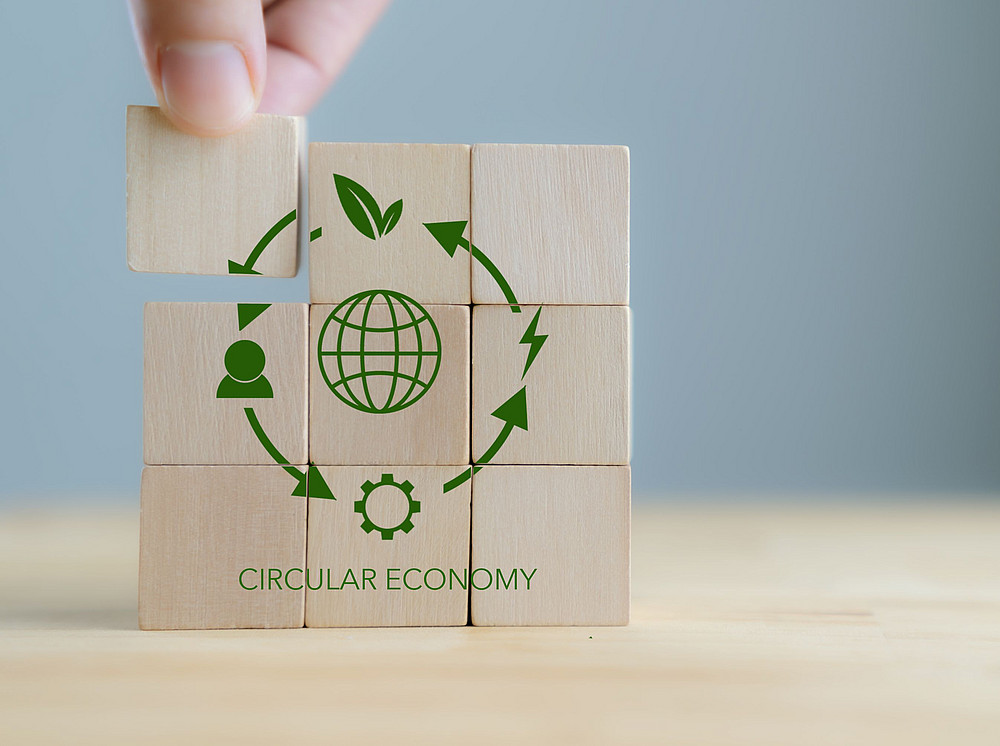About the priority of the research project
Green growth can be defined as a transformation in existing production- and consumption systems that results in a reduction of an-thropogenic environmental stress and a simultaneous increase in economic activi-ty. In this context, the concept of the bioeconomy has received increasing atten-tion. Four distinct bioeconomy transition pathways are currently envisioned, aiming at fossil fuel substitution, primary sector productivity, new and efficient uses of biomass, and low-bulk high-value applications. The growth limits of these pathways have not yet been systematically investigated along physical, technological, eco-nomic and socio-political dimensions.
Applied research methods
Backcasting workshops and a secondary data analysis provide the basis for describing and quantifying the specific impact of land-based sector-related technological and social innovations for each transition pathway. In multi-criteria evaluation sessions and a Delphi study, stakeholders and experts identify and quantify physical, technological, economic, and socio-political growth limits for each pathway. As BELOW has a special focus on land-based sectors, the price formation and displacement effects among these sectors are modelled in detail using a system dynamic market model (FOHOW-LALE). The general econom-ic environment is represented using the multi-regional input-output (MRIO) model EXIOBASE3, which reflects future changes in GDP, population and energy mixes and is able to capture substitution effects and income-induced rebound effects. In a concluding stakeholder workshop, the implications for bioeconomic green growth in Austria will be critically reflected and disseminated.
Content of the research project
Using Austria as an example, BELOW aims at as-sessing the potential of each transition pathway to reduce anthropogenic environ-mental stress while contributing to economic growth, considering all growth limit dimensions. The temporal scope spans over the period of 2020 to 2050. The pro-ject will focus on anthropogenic greenhouse gas (GHG) emissions and land use as environmental stressors. Gross domestic product (GDP) is employed as an indica-tor of economic activity, together with sectoral indicators such as labor compensa-tion by skill level and gross value added. BELOW follows a scenario-based ap-proach, i.e., the quantification of growth limits as well as other outcomes reflect underlying assumptions, which are made transparent during each phase of the project.

The project team
| Merangasse 18/II, 8010 Graz |
| Glacisstraße 27/I, 8010 Graz |
| Merangasse 18/EG, 8010 Graz |
| Merangasse 18/I, 8010 Graz |
| |
| Merangasse 18/II, 8010 Graz |
